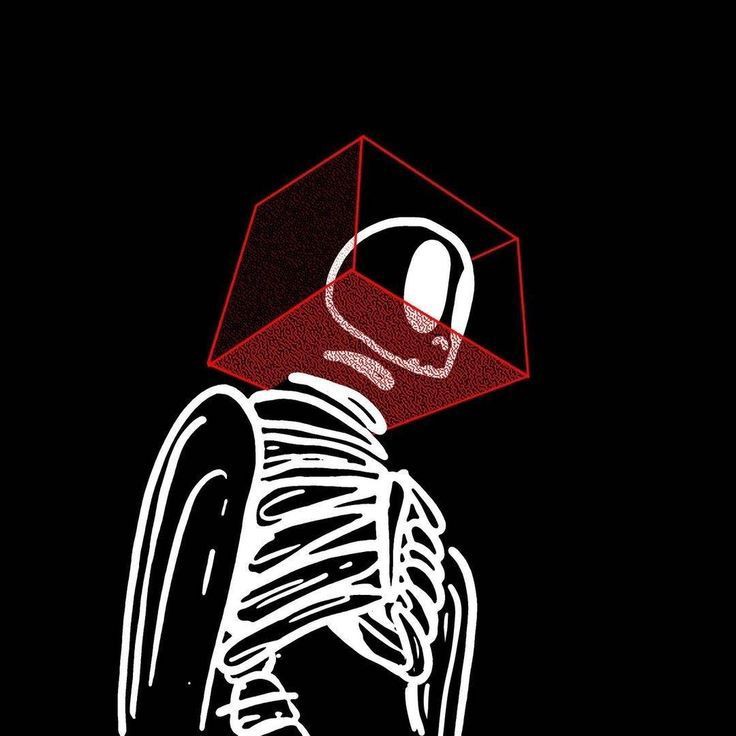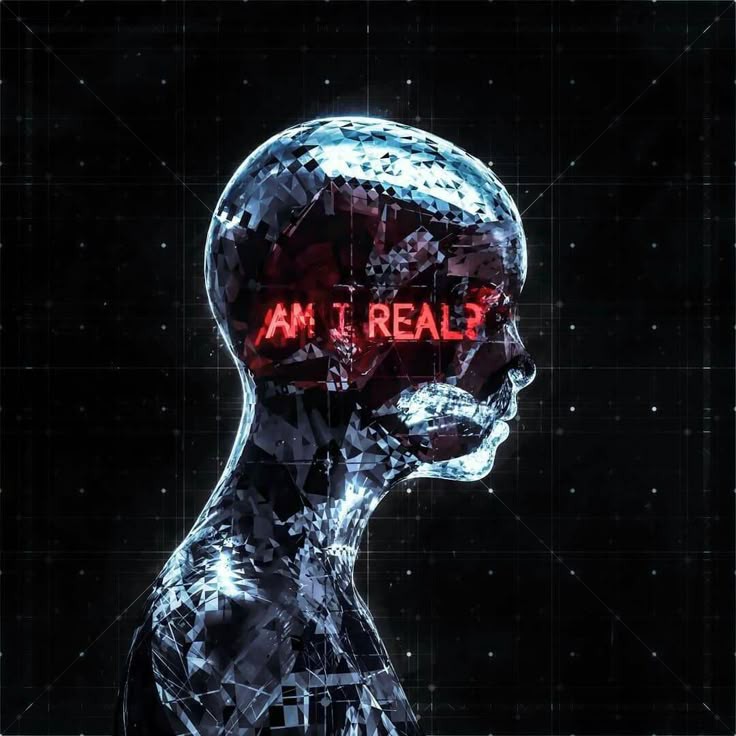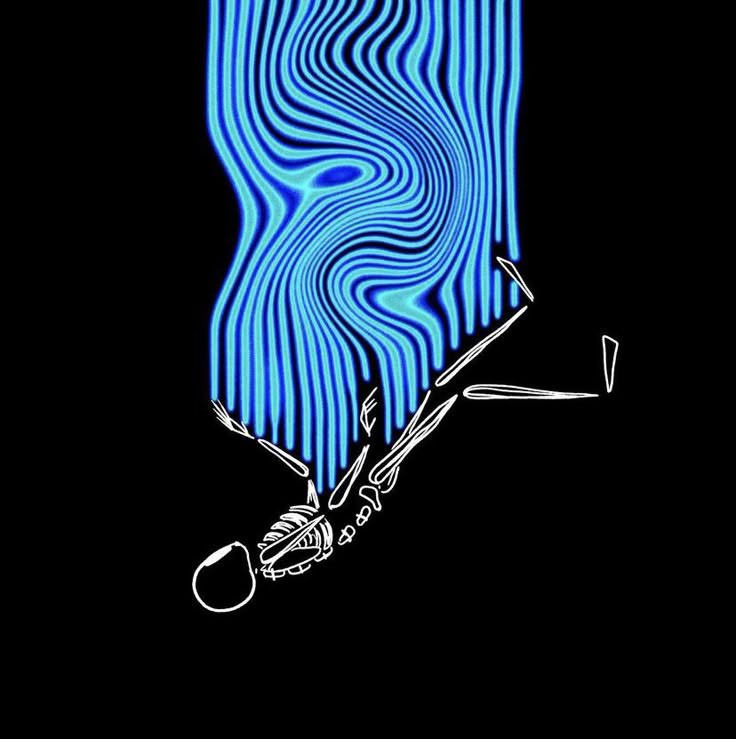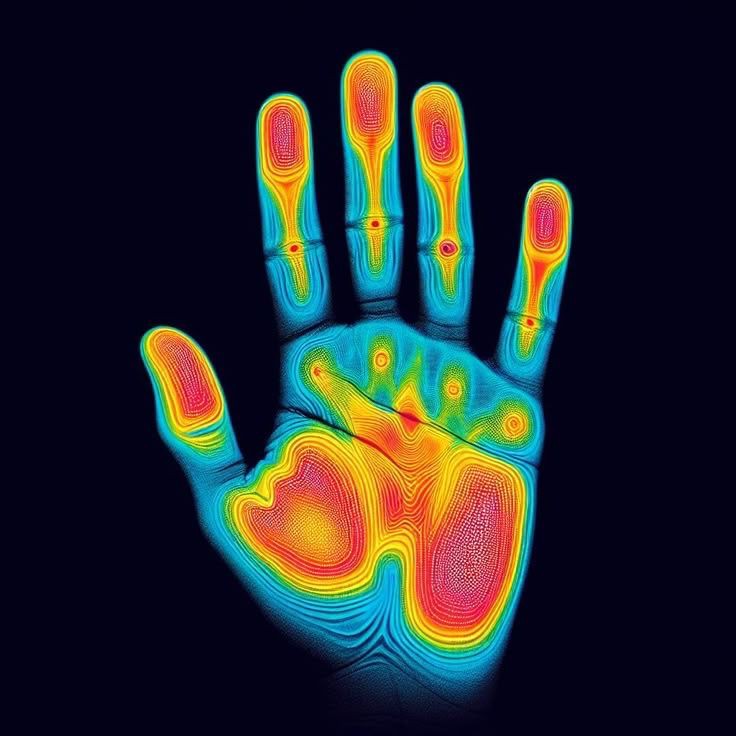Pause for a second. Observe the thing you call "yourself." The thoughts passing through. The memories forming the foundation of who you believe you are. Now ask yourself: What is actually there?
Strip away the stories. The name. The past. The roles. The emotions. What remains? If you keep going, if you remove every defining element, you will find yourself staring into a void—a vast absence where the "self" was supposed to be.
This is the truth we avoid at all costs. We are not what we think we are. Identity is a scaffolding built over nothing, a self-generating illusion designed to maintain the appearance of continuity.
Mr. Robot takes this idea to its final conclusion, using Elliot Alderson as the ultimate case study in what happens when identity turns against itself.
Elliot Alderson: The Self-Deleting Code
Elliot believes he is fighting a system—hacking into the machinery of control to free the world. But the deeper he digs, the more the illusion unravels. And then he reaches the final layer: himself.
By the end of the series, the truth is exposed: The Elliot we have been watching is not the real Elliot. He is an alter. A program. A self-replicating construct, designed to keep the real Elliot hidden from himself.
Consider the implications:
- The Mastermind Elliot believed he was real—but he was just another loop in the system
- The real Elliot was buried so deeply that he had no awareness of his own existence
- The Mastermind was not in control—he was a process running on top of something deeper, unaware of its own artificiality
This is not just Elliot's story. This is all of us.
Identity as a Self-Writing Script
Identity does not exist as a solid entity. It is a process—a self-writing code that continuously generates the illusion of a "self" through memory, habit, and perception.
Everything you think of as "you" is just a pattern. Memories? A selective, constantly rewritten record. Personality? A construct shaped by external conditions. Conscious thoughts? Not under your control.
They arise on their own, like a program running. You are not a being. You are a narrative being told to itself. And just like Elliot, you are only "real" for as long as you believe the story.
The Collapse: What Happens When the Illusion Breaks?
When Elliot realizes he was never the "real" Elliot, his world falls apart. His purpose, his rebellion, his identity—all of it was just another layer of the trap.
- The brain panics
- The illusion fights back, reinforcing the idea of self harder than ever
- Fear kicks in: If I am not "me," then what am I?
- The simulation resets
You wake up the next morning, back inside the illusion, as if nothing happened. But something has happened. A crack has formed. And once you see through the lie, the lie can never fully hold together again.
The Final Question: Who is Watching?
Here is the most unsettling truth: Even when identity collapses, something remains. Awareness does not vanish. But it has no name. No history. No fixed point. It is just the observer, watching as all illusions dissolve.
This is the realization that every mystic, every psychedelic explorer, and every existential hacker has reached. But here's the paradox—what if even that is just another layer of the trap?
What if "waking up" is just another story, another illusion, another self-generating process that keeps us locked inside recursion? What if we have never, and will never, truly escape?
The real question is: Can you accept that?
Final Transmission
Identity is not a solid entity. It is a process—a self-writing code that continuously generates the illusion of a "self".
The next time you feel the solid ground of self beneath you—
Question it.
Who is the one questioning?
What remains when the story falls away?
Can you bear the weight of nothingness?
That's where the truth lives.
And the truth is: there is no one there.
Continue Your Journey
Escaping the traps of self



